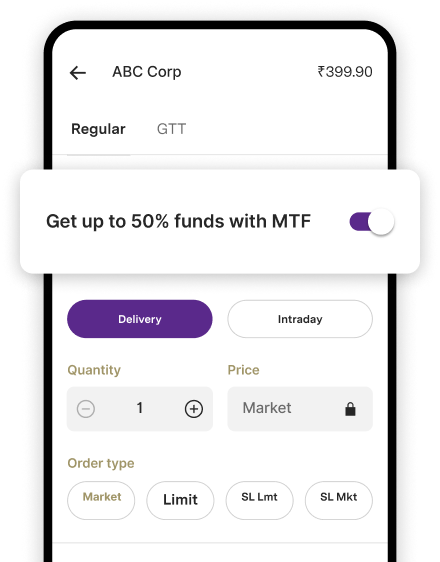An investment guide: Tax deductions under Sections 80C, 80CCC, 80CCD, and 80D
Summary
Certain sections of the Income Tax Act in India provide some measure of relief to individual and Hindu Undivided Family (HUF) taxpayers. In this article, we will take a closer look at what these sections entail, who are eligible for deductions, what expenditures or investments qualify for deductions, and what the limits are to these deductions.
The Income Tax Act in India provides certain deductions to taxable income available only to individuals and Hindu Undivided Families (HUFs). Sections 80C, 80CCC, 80CCD, and 80D contain provisions that allow individuals and/or HUFs to claim deductions from taxable income. These deductions are not available to corporates and partnerships.
According to Section 80CCE of the Act, the combined maximum deduction available to individuals and HUFs under Sections 80C, 80CCC, and 80CCD is INR 1.5 lakh per annum from the taxpayer’s total income. An additional deduction of INR 50,000 is available under Section 80CCD (IB).
Eligible investments for tax deduction under Section 80C
Section 80C covers a breadth of eligible investments. However, only individuals can claim deductions under this section. Qualifying investments include:
- Investments made in Equity Linked Saving Schemes
- Public Provident Fund (PPF)/Statutory Provident Fund (SPF)/Recognized Provident Fund (RPF)
- Payments made towards life insurance premiums
- Principal sum of a home loan
- Sukanya Samridhi Yojana (SSY), National Savings Certificate (NSC), Senior Citizens Savings Scheme (SCSS), etc.
- National Pension Scheme
- Fixed deposits
- Unit Linked Insurance Plan (ULIP)
Eligible investments for tax deduction under Section 80CCC
Deduction for annuity paid under any pension plan is covered under Section 80CCC. Any insurer may provide these pension investments. However, only individuals can claim deductions under this section.
Eligible investments for tax deduction under Section 80CCD
Section 80CCD covers deduction for Pension Account Contribution. Under this section, there are three subclauses:
- Section 80CCD (1) covers payments made by employees or self-employed individuals
- Section 80CCD (1b) covers investments in NPS (beyond the INR 1.5 lakh limit specified in Section 80C)
- Section 80CCD (2) covers employer’s contribution towards NPS (beyond the INR 1.5 lakh limit specified in Section 80CCE)
Under Section 80CCD (1), an employee’s contribution towards the Atal Pension Yojana or another eligible pension scheme recognised by the government of up to 10% of basic salary and dearness allowance (DA). Up to INR 1.5 lakh qualifies for tax deduction under this section. For self-employed individuals, the deduction permitted is 20% of gross total income.
Under Section 80CCD (1b), an employer’s contribution of up to 10% of basic salary and DA qualifies for deduction. However, it must be noted that the employer’s contribution is an additional deduction, and not a part of the INR 1.5 lakh permitted under Section 80C.
Section 80CCD (2) covers an employer’s contribution towards NPS (over and above the INR 1.5 lakh limit under Section 80CCE. For central government employees, the employer’s contribution permissible for deduction is 14% of the basic salary and DA, while for other employers it is 10% of basic salary and DA.
To conclude, the total permissible tax benefits under Section 80CCD (1) and Section 80CCD (1B) could reach up to INR 2 lakh for a particular financial year and can vary based on the circumstances of each case.
Eligible expenditures for tax deduction under Section 80D
Section 80D covers deduction for medical insurance premiums. Both HUFs and individuals qualify for the deductions under Section 80D. Eligible deductions include the cost of an individual’s and their dependant spouse’s and children’s health insurance premium. Deductions also include the cost of the individual’s parents’ annual preventive health exams, providing that the restrictions and guidelines mentioned in Section 80D of the Income Tax Act of 1961 is followed.
The assessee is qualified to claim an INR 25,000 deduction per annum under Section 80D on medical insurance for self, spouse, and dependent children. This deduction is increased to a maximum of INR 50,000 per annum for assessees over 60 years of age.
Over and above the eligible deduction mentioned earlier, the assessee also qualifies for a deduction for the insurance of parents of up to INR 25,000 for each assessment year. However, if the assessee’s parents are over 60 years of age, the qualifying deduction is INR 50,000 for each assessment year.
If the assessee and their parent(s) are 60 years of age or above, then the assessee is eligible to receive a maximum deduction of INR 1 lakh per assessment year.
In conclusion
A deduction of INR 1.5-2 lakh from the assessee’s taxable income could result in considerable tax savings. The exact amount of tax payable that could be saved would depend on the individual or HUF’s tax brackets.
Disclaimer
The above piece discusses several investments and should not be taken as financial advice to make these investments. Please discuss these issues with a professional tax advisor or consultant before undertaking any investments.

